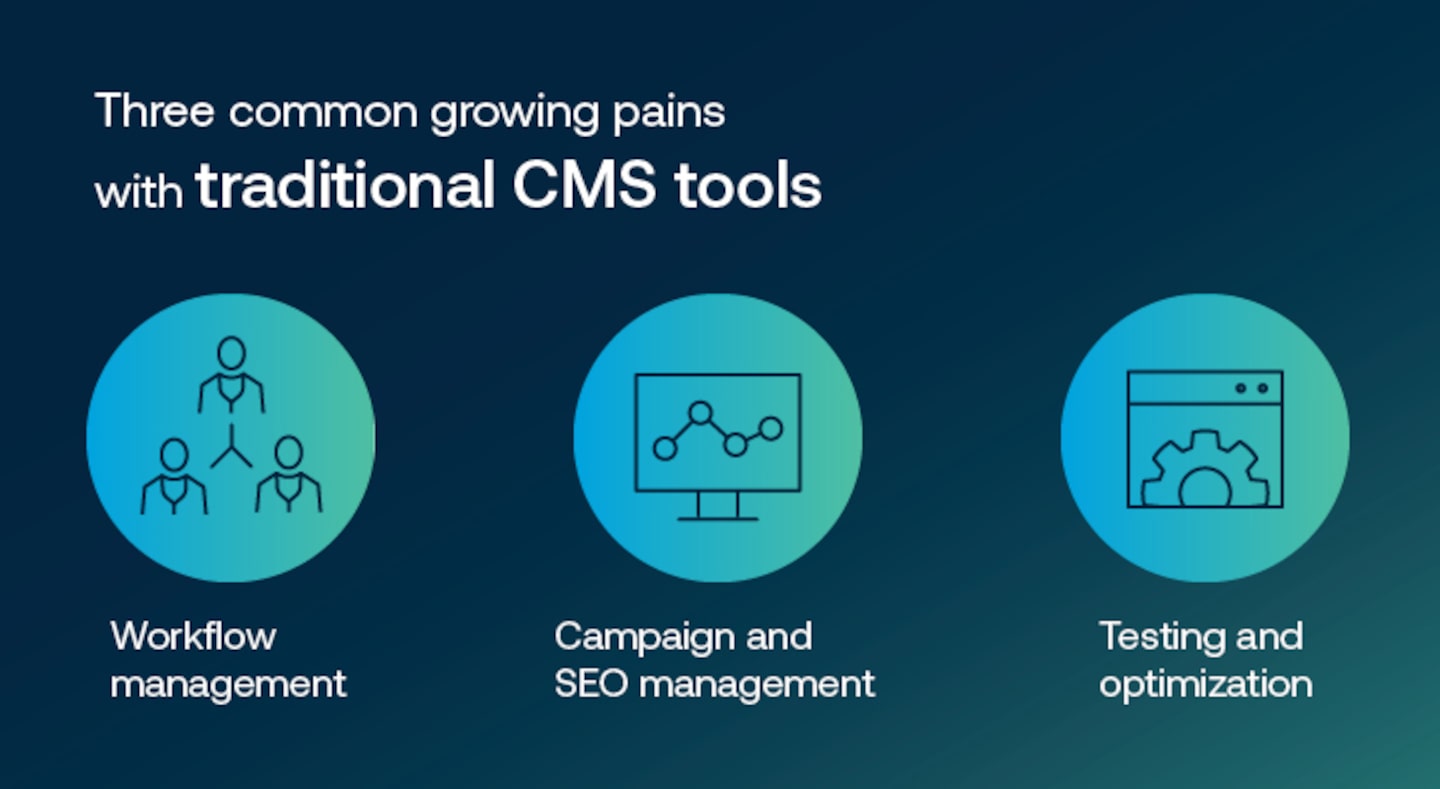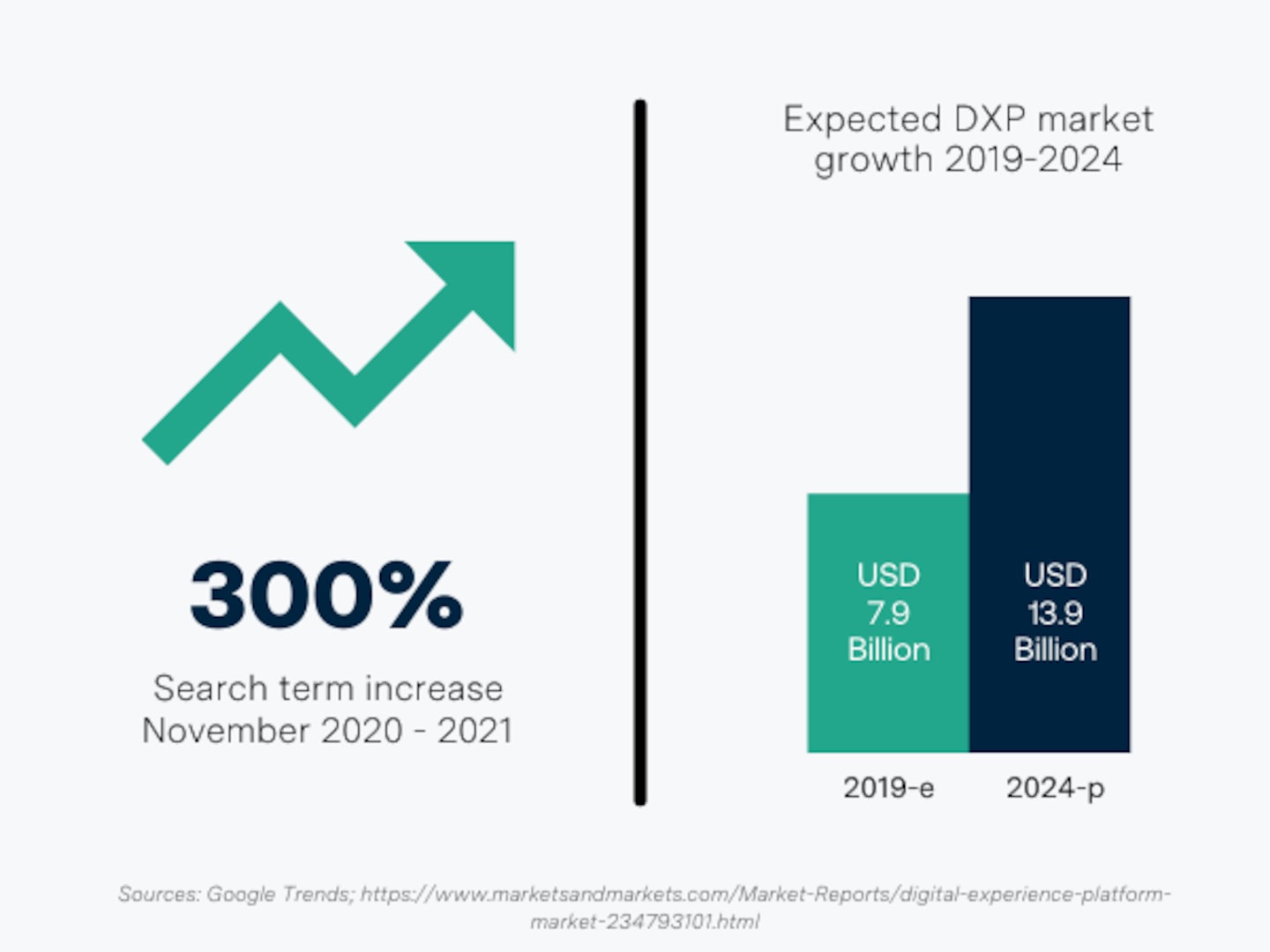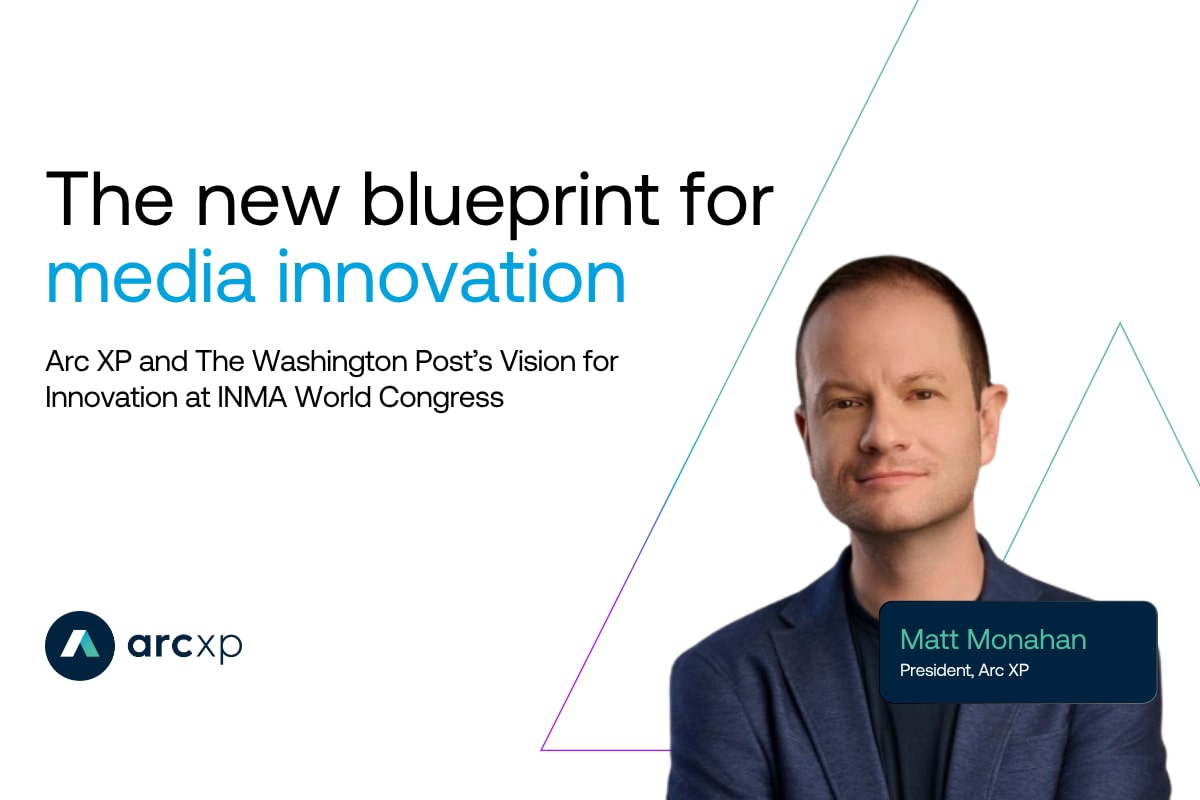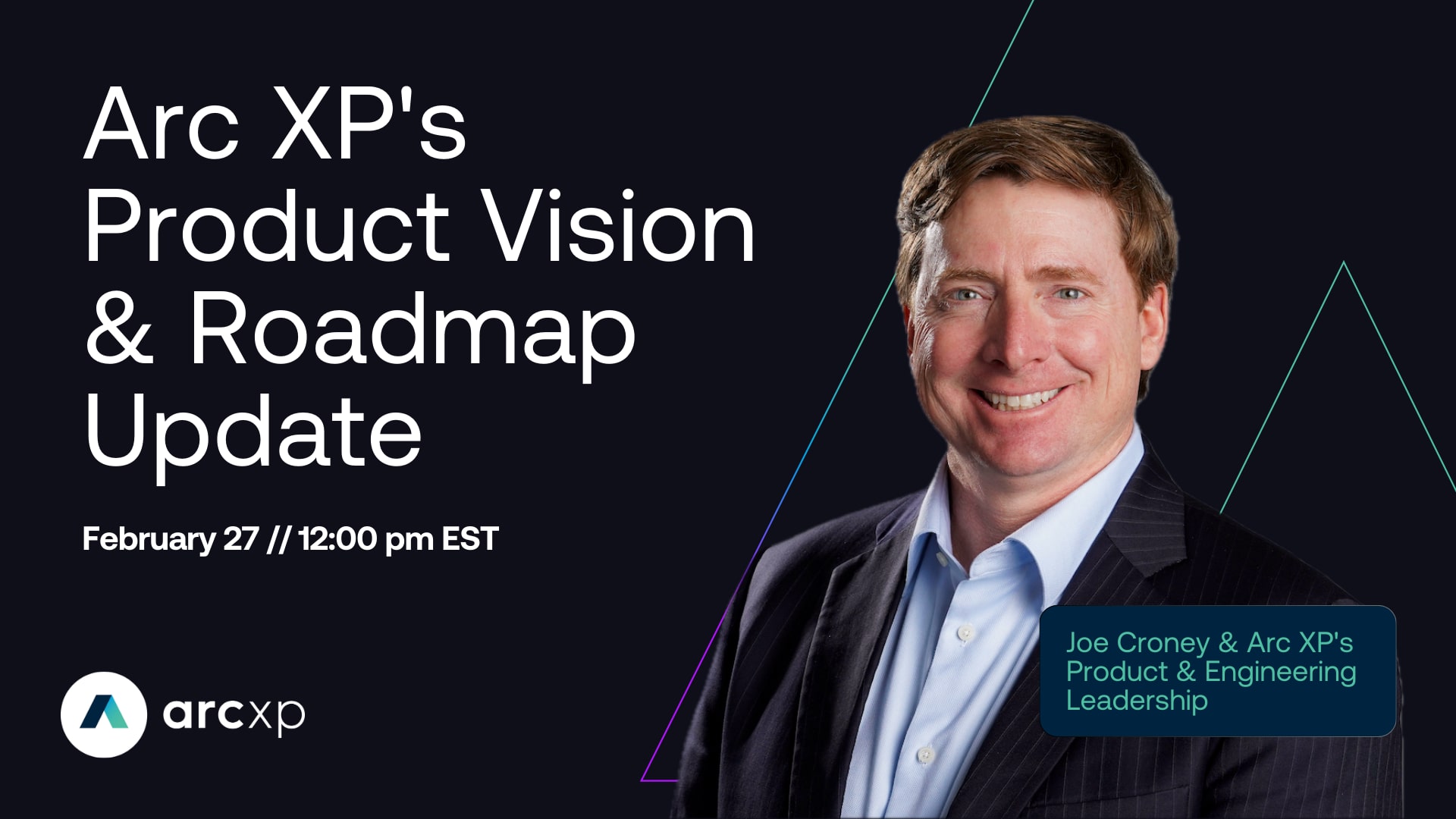Challenged by their current CMS, more marketers are exploring digital experience platforms.
Driven by a need to keep up with changing consumer behaviors and the limitations of existing content management systems, marketers are searching for a better way.

For many marketers today getting a new campaign out the door, or even adjusting elements they already have in market, can feel like scaling a mountain.
Even two years after businesses went online virtually overnight due to the COVID-19 pandemic, marketers continue to find themselves challenged to keep pace with evolving market trends and consumers’ increasing expectations for digital experiences. Much of this is due to the limitations of their current content management system (CMS).
Third Door Media recently released a new addition to their MarTech Intelligence Report collection, Enterprise Digital Experience Platforms: A Marketer’s Guide, where they highlight the factors driving DXP adoption, in addition to examining the capabilities they provide and profiling leading vendors in the space.
Many of the factors highlighted in MarTech’s report mirror what we increasingly hear from analysts fielding inquiries from marketing executives and prospective customers alike. At the core, is marketers’ need for greater agility to meet changing consumer behaviors and expectations.
Marketers feel the need for speed
Originally built to facilitate relatively straightforward content delivery to web properties, it is a challenge for a traditional CMS to meet today’s multichannel delivery needs. Expanding well beyond a website to include not only email, mobile apps, and social platforms but on-premise and OOH digital signage as well as emerging channels including smart speakers, augmented reality and virtual reality. As consumers engage with a growing number of channels, and devices, they expect not only a cohesive message and brand experience, but continuously fresh content.
To meet their growing digital needs, marketers have had to adopt adjacent technologies and orchestrate complex workarounds to enable their CMS to keep up. These workflow complexities along with the added weight of licensing fees, ongoing maintenance and liability for so many disparate tools have stripped marketers of their nimbleness.

Enter the DXP
Tired of being hamstrung and struggling to deliver digital experiences fast enough to respond to changing market conditions, marketers are increasingly exploring, and adopting, DXPs.
One of the main appeals? In a word – flexibility.
DXPs serve as the center point for delivering digital experiences, enabling creation, management, delivery, and optimization across channels and formats. Whether this is done through native capabilities or through integrations depends on the DXP itself, and there are many out there.
For many marketers, the concept of a composable DXP, such as Arc XP, is particularly attractive. Composable DXPs offer an increased level of flexibility through their configurable designs, enabling you to leverage the pieces of that particular platform you want – say the CMS, the digital asset management tool, the ecommerce storefront, and checkout tools and payment gateways – while electing to integrate a preferred data analytics tool, product information management system, or customer data platform.

When it comes to delivering experiences, many DXP providers offer a headless or hybrid approach, which allows for flexibility and enables marketers to easily iterate and optimize their websites. In Arc XP’s case, we also include a content delivery network into our platform to improve website content delivery speed and redundancy.
As highlighted in MarTech’s report, one of the most important capabilities a DXP can offer is its openness for integrations and extensibility. Using pre-built connectors or APIs that enable integration, composable DXPs enable marketers and their teams the ability to create the ideal experience stack to meet their customers’ needs.
The essential benefits of DXPs
Flexibility is just one of the benefits of DXPs attracting marketers. Others include:
- Faster, higher-performing websites that result in better search engine optimization.
- A better practitioner and developer experience.
- Greater efficiency enabling faster time to market for launching new campaigns.
- Ease of delivering content to new and emerging digital channels.
- Increased content value by enabling assets to more easily be reused and repurposed.
And the list goes on. With the rapid pace of business today and the fickleness of customer loyalty, if brands aren’t able to immediately adjust to changes in buying behaviors, they are left in the dust.
Learn more about how DXPs are helping marketers keep pace with consumer expectations by downloading MarTech’s Enterprise Digital Experience Platforms: A Marketer’s Guide. In the report you’ll find a DXP market overview, more information about DXP capabilities, how to choose an enterprise DXP, and profiles of several leading DXP vendors.
Recent resources





